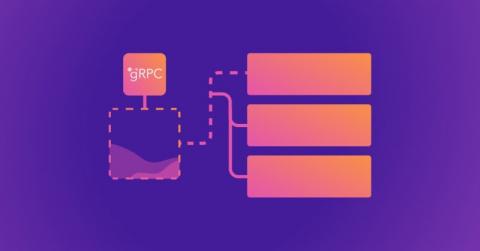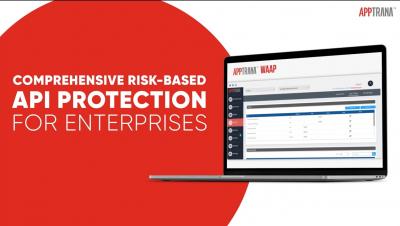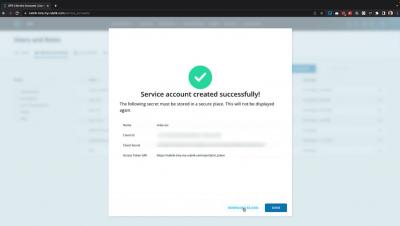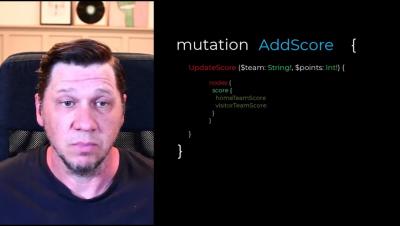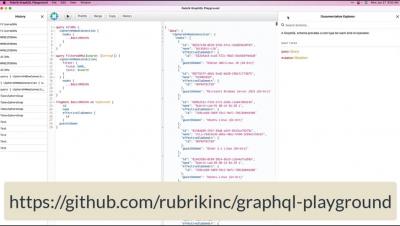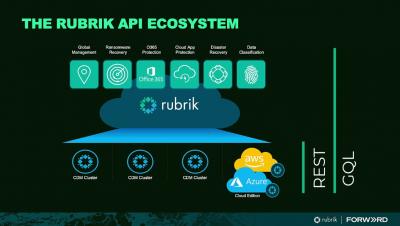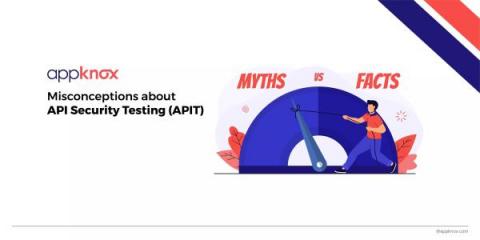Building a secure API with gRPC
A Google remote procedure call (gRPC) is Google’s open source version of the remote procedure call (RPC) framework. It’s a communication protocol leveraging HTTP/2 and protocol buffer (protobuf) technologies. gRPC enables a remote client or server to communicate with another server by simply calling the receiving server’s function as if it were local. This makes communicating and transferring large data sets between client and server much easier in distributed systems.


